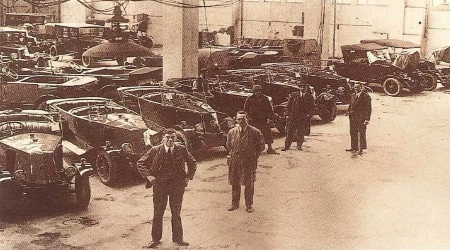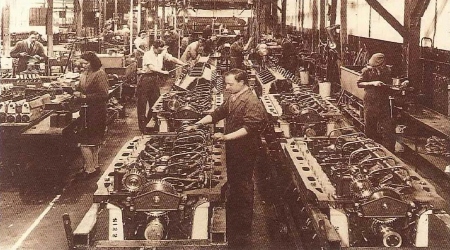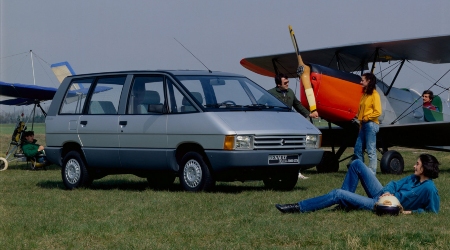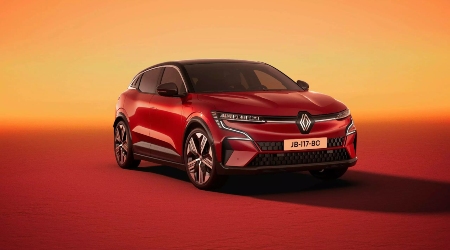Renault’s presence in the United Kingdom tells the story of a brand that has blended French engineering with a strong connection to British roads and drivers.
With over 120 years of heritage, Renault continues to shape the future of mobility in the UK.

1902: The Beginning of a Journey
Renault first arrived on British shores in 1902, when the Roadway Autocar Company, based on Edgware Road in London, imported 30 of its cars. Just two years later, British interest surged, and customers bought 450 cars by 1904.
1905: A Royal Approval
In 1905, Renault earned a place in motoring history when King Edward VII purchased a 14/20hp Landaulette, making it the first Renault to join the British Royal Household. By 1911, Renault opened a showroom on prestigious Pall Mall in central London.
1914–1918: All for the War Effort
During World War I, Renault shifted production to support the Allied cause, manufacturing aircraft engine components and full aero engines for the War Office.
Following the war, Renault applied its wartime expertise to enter the agricultural sector, launching the Type GP tracked tractor. This move began Renault’s journey into farm machinery, which it later formalised under Renault Agriculture. CLAAS acquired Renault Agriculture in 2003.
1939–1945: Aiding the Allies Again
During World War II, Renault again supported the Allies by supplying marine and aircraft engines for operations. Despite the challenges of wartime production, the company remained a key supplier of vital machinery.

1950: British Assembly Begins
In the post-war recovery, UK demand for European cars grew rapidly. In 1950, Renault began assembling models like the 4CV and Dauphine at its factory in Acton, West London. This local production helped the brand meet growing demand more efficiently.
1950s: Southampton Import Centre
To support its expanding UK operations, Renault opened a dedicated import centre at Southampton. Ferries operating directly from Le Havre, France, shipped vehicles to ensure faster delivery to British dealers and customers.
1970s: Compact Cars for the Win
During the 1970s, UK drivers demanded more compact, economical cars. Renault responded with a practical and stylish line-up, including the Renault 4, R5, R6 and R12. These vehicles became synonymous with affordability, reliability and everyday usability – qualities that strongly resonated with British families.
1984: Pioneering the MPV
In 1984, Renault broke new ground by launching the Renault Espace – Europe’s first mass-produced MPV. It set a new benchmark for practicality and interior space, and it inspired a new generation of family-friendly vehicles.
1991: The Renault Clio Era Begins
Renault introduced the Clio to the UK in 1991, quickly earning a loyal following. The now-iconic “Papa, Nicole” TV adverts created a cultural moment, boosted the Clio’s popularity, and embedded it in the public consciousness.
2010s: Leading the Revolution
Renault led the way in bringing electric vehicles to the UK market, launching innovative models such as the Renault Zoe. With zero-emissions driving and smart urban styling, Renault’s EVs helped pave the way for sustainable motoring.


2020s and Beyond: An Electric Era
Renault continues to lead the charge into electrification. The Renault 5 E-Tech 100% Electric blends retro-inspired design with cutting-edge battery tech, and the Renault Megane E-Tech 100% Electric showcases the brand’s vision for electrified mobility.
A Lasting Relationship with the UK
From Royal endorsements to electric innovation, Renault’s journey in the UK reflects a deep and lasting relationship with British motorists. With a strong dealer network and a forward-thinking line-up, Renault remains well-positioned to continue its legacy on UK roads for generations to come.